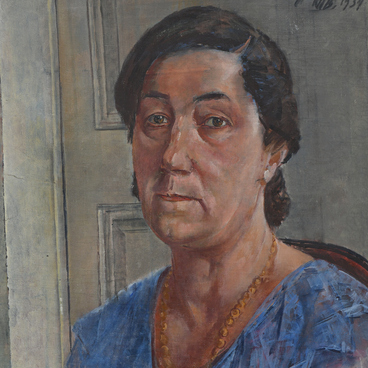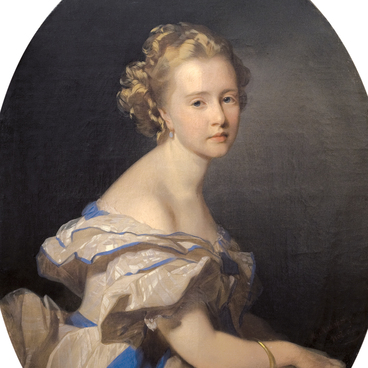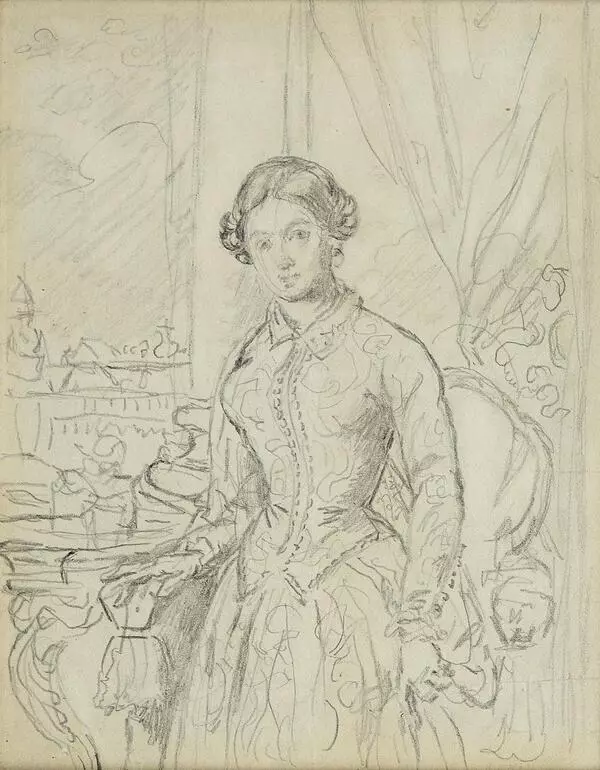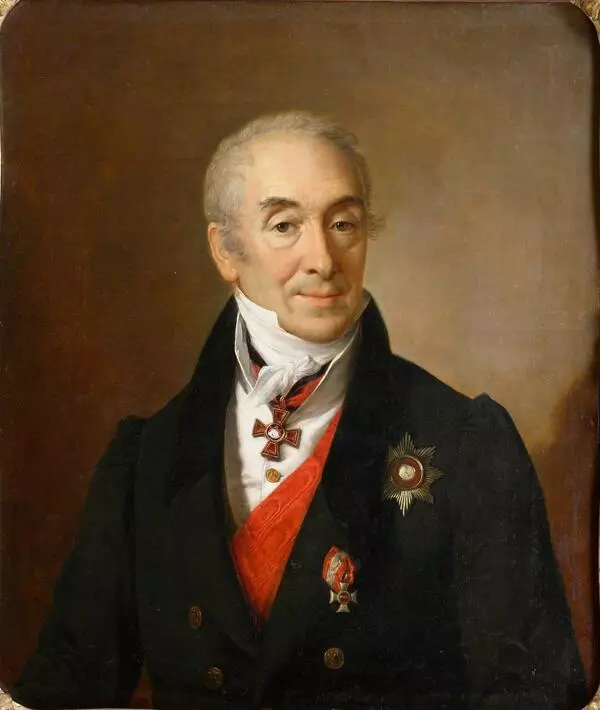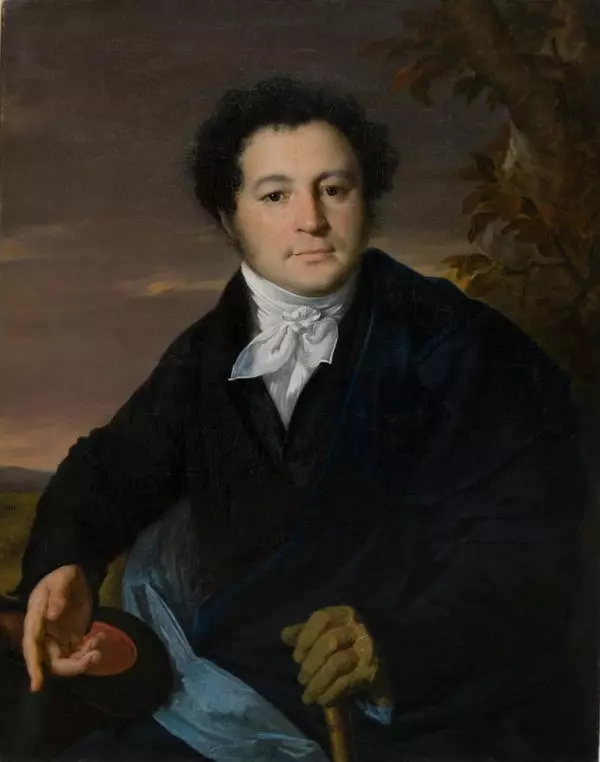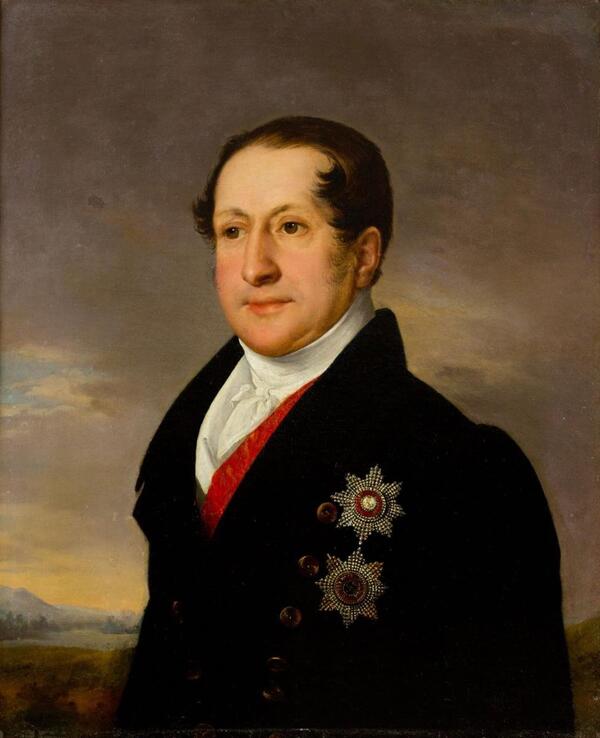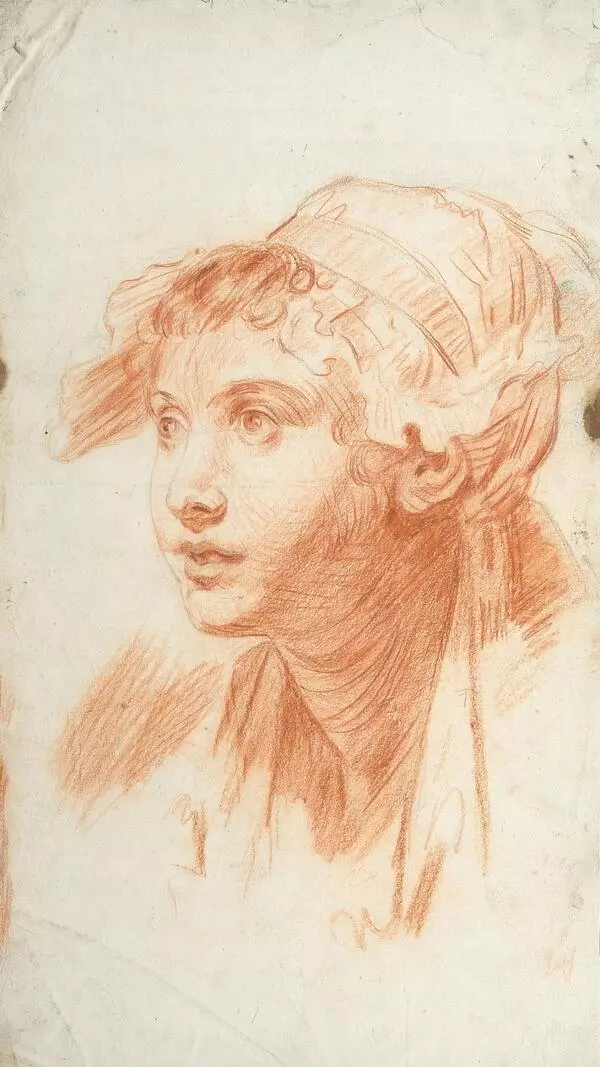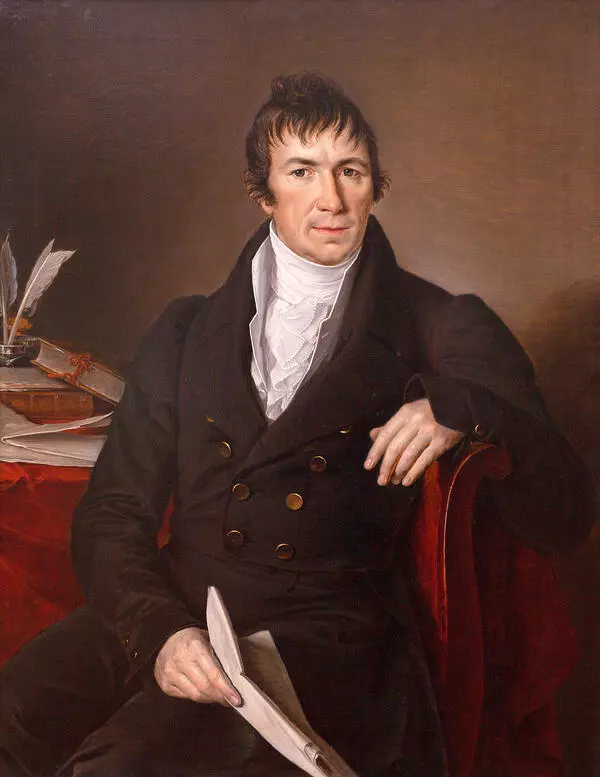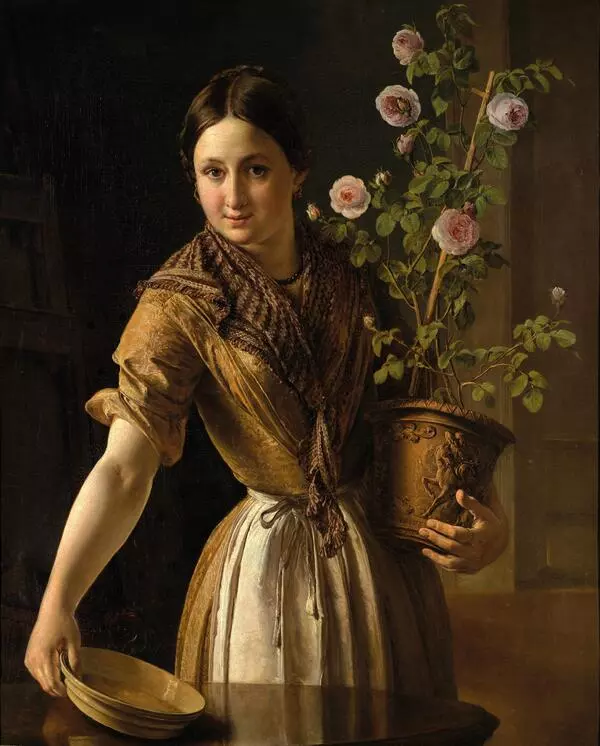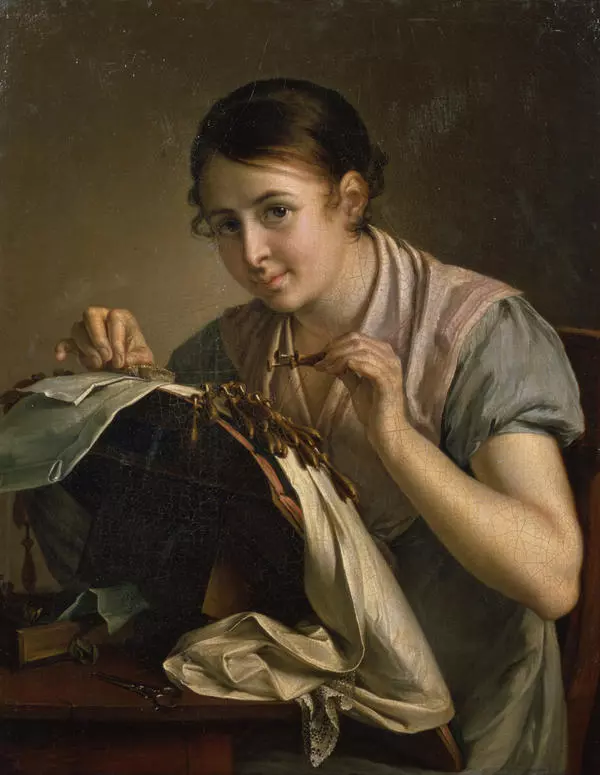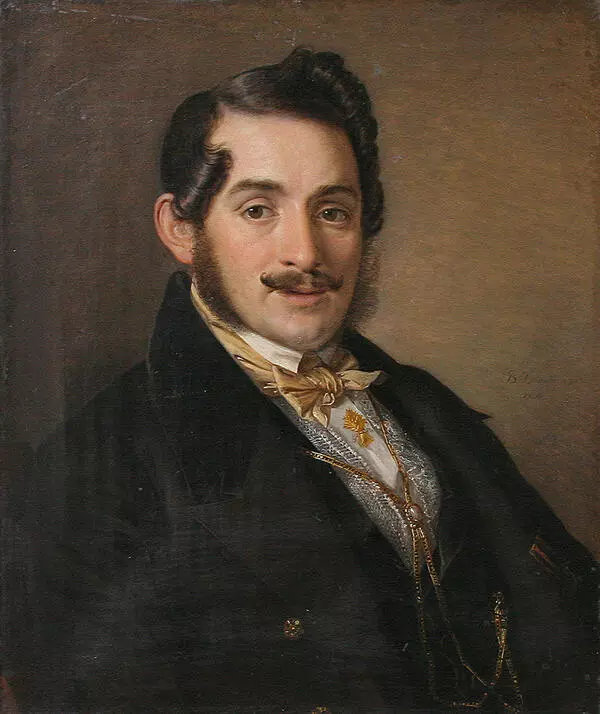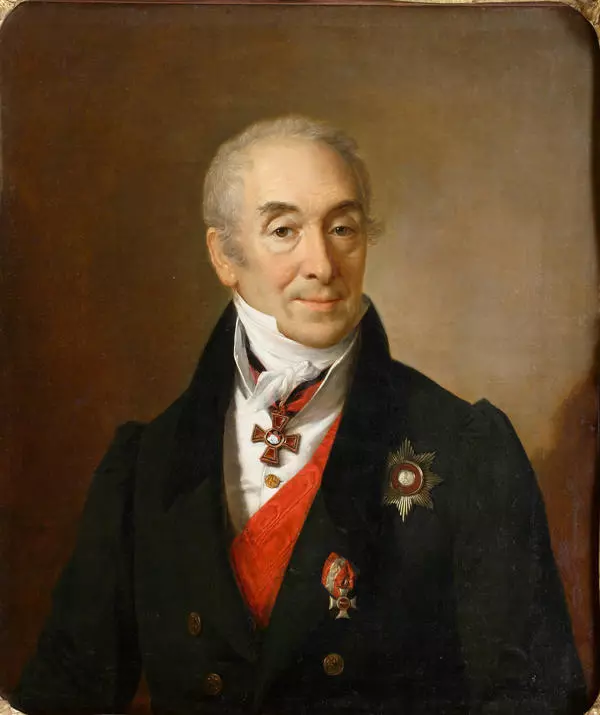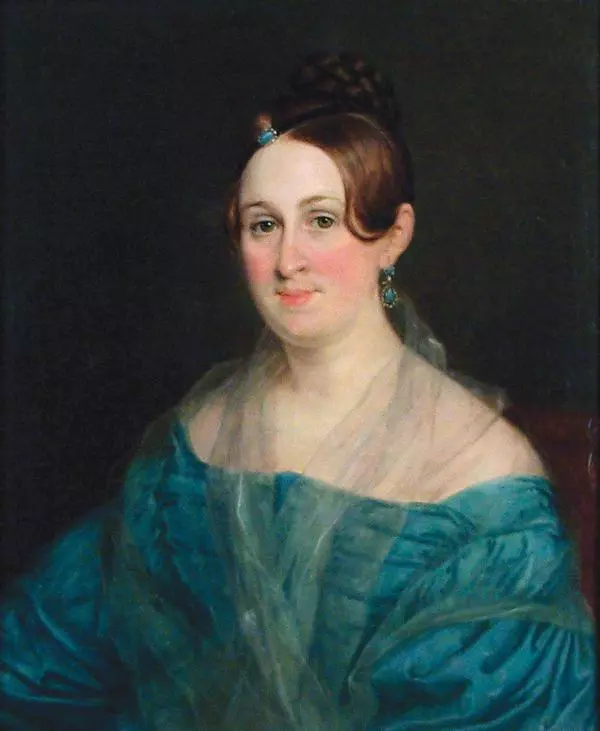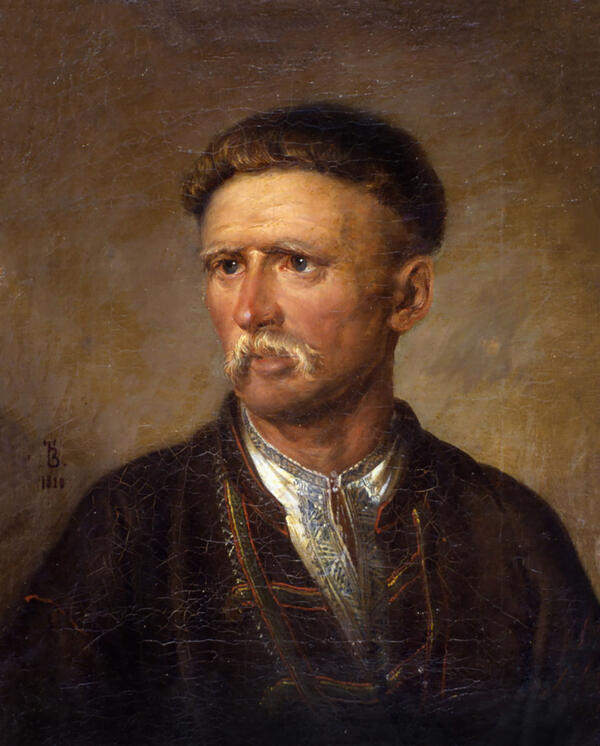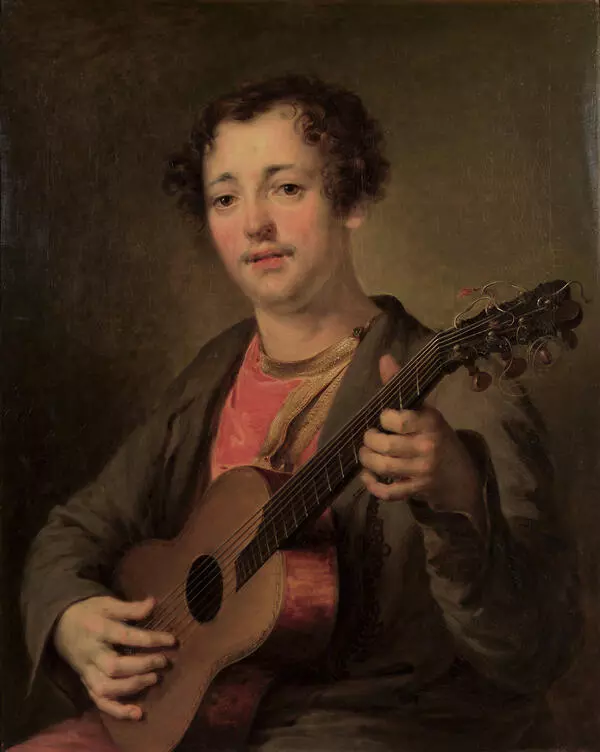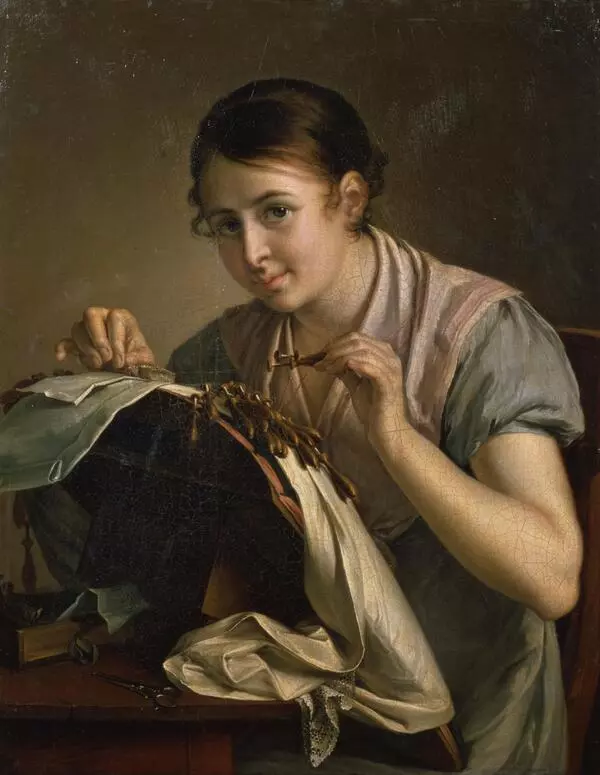VasIly TropInin had a serf descent and suffered from the burden of serfdom. Originally, he became famous for chamber portraits of wealthy merchants and nobles. Unlike the more venerable artists from the capital, Tropinin preferred to paint his characters in a home setting, emphasizing the individual features of the people portrayed.
‘Portrait of Prince Alexander SergEyevich DolgorUkov’ from the collection of the Novosibirsk State Art Museum is a perfect example of the artist’s pictorial manner. Tropinin depicts the image of a post-DecEmbrist man who chose to avoid the social and political upheavals and opted for private life.
The face of a young man emanates placidity and calmness. A somewhat dreamy gaze reveals a contemplative rather than proactive personality. As usual, Tropinin depicts his character in a casual setting: an open home jacket, a fashionable neck scarf and an unbuttoned shirt collar — all these details create a sense of peace and contentment. The same effect is produced by the soft colors of the painting and the precise rendering of the fabric texture.
At that time Tropinin’s life took a peculiar turn. It was not until 1823 that Tropinin had been freed of serfdom at the age of 47. Previously, he was a serf and worked as a servant, shepherd, architect, and artist of Count MOrkov. In the 1830s, when the portrait of Prince Dolgorukov was painted, Tropinin finally received well-deserved recognition for his talent. The council of the Academy of Arts awarded Tropinin with a title of an appointed artist for his paintings ‘The Lace Maker’, ‘The Beggar’ and ‘The Portrait of artist E.O. Skotnikov’. In 1824 he was elected an Academician.
However, the artist soon abandoned all official posts and left for Moscow, where he rented an apartment with a studio in a house on the corner of Lenivka and Volkhonka Streets. Here Tropinin spent most of his life celebrating the joy of secluded being. For him, relaxed Moscow and its residents were the embodiment of this way of life.
‘Portrait of Prince Alexander SergEyevich DolgorUkov’ from the collection of the Novosibirsk State Art Museum is a perfect example of the artist’s pictorial manner. Tropinin depicts the image of a post-DecEmbrist man who chose to avoid the social and political upheavals and opted for private life.
The face of a young man emanates placidity and calmness. A somewhat dreamy gaze reveals a contemplative rather than proactive personality. As usual, Tropinin depicts his character in a casual setting: an open home jacket, a fashionable neck scarf and an unbuttoned shirt collar — all these details create a sense of peace and contentment. The same effect is produced by the soft colors of the painting and the precise rendering of the fabric texture.
At that time Tropinin’s life took a peculiar turn. It was not until 1823 that Tropinin had been freed of serfdom at the age of 47. Previously, he was a serf and worked as a servant, shepherd, architect, and artist of Count MOrkov. In the 1830s, when the portrait of Prince Dolgorukov was painted, Tropinin finally received well-deserved recognition for his talent. The council of the Academy of Arts awarded Tropinin with a title of an appointed artist for his paintings ‘The Lace Maker’, ‘The Beggar’ and ‘The Portrait of artist E.O. Skotnikov’. In 1824 he was elected an Academician.
However, the artist soon abandoned all official posts and left for Moscow, where he rented an apartment with a studio in a house on the corner of Lenivka and Volkhonka Streets. Here Tropinin spent most of his life celebrating the joy of secluded being. For him, relaxed Moscow and its residents were the embodiment of this way of life.
